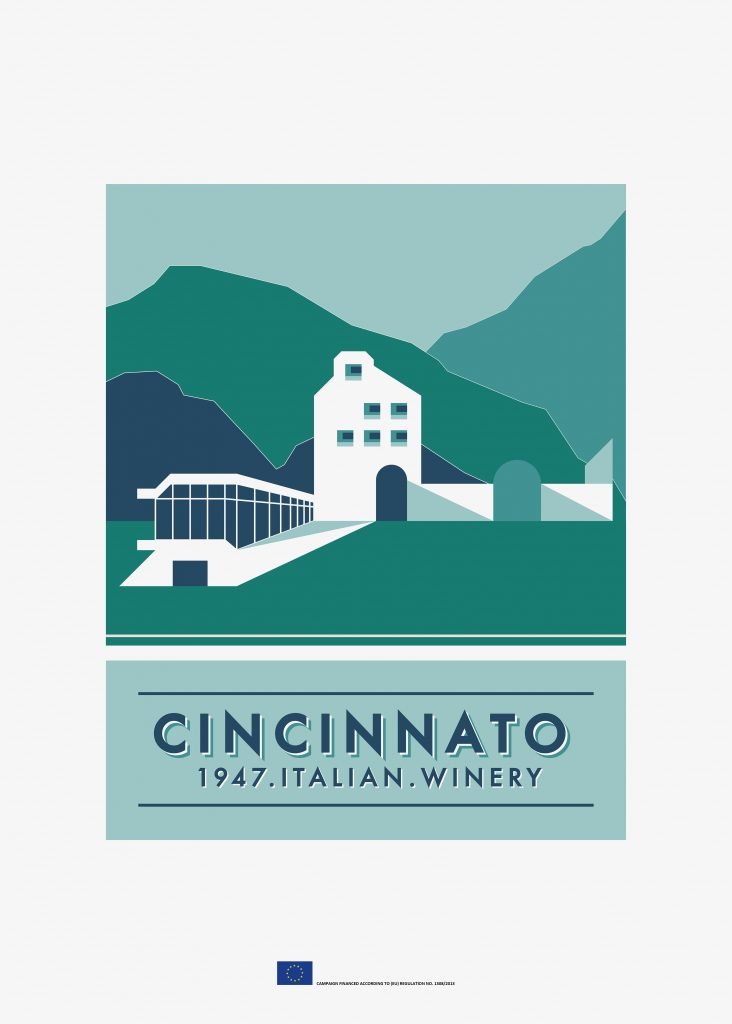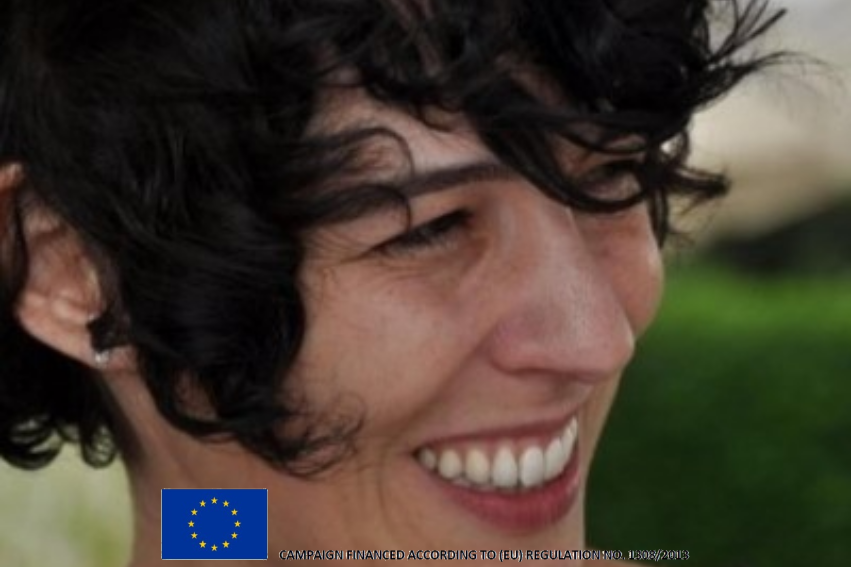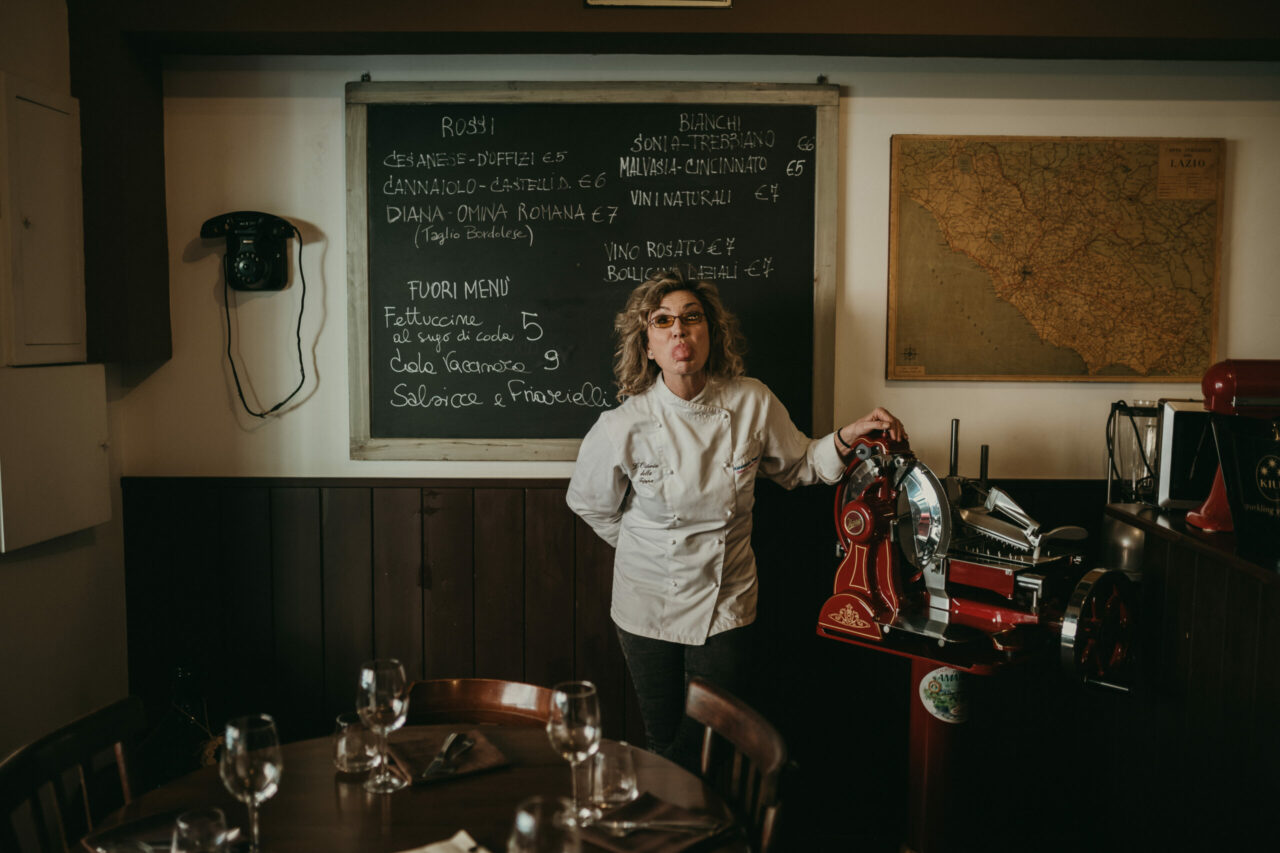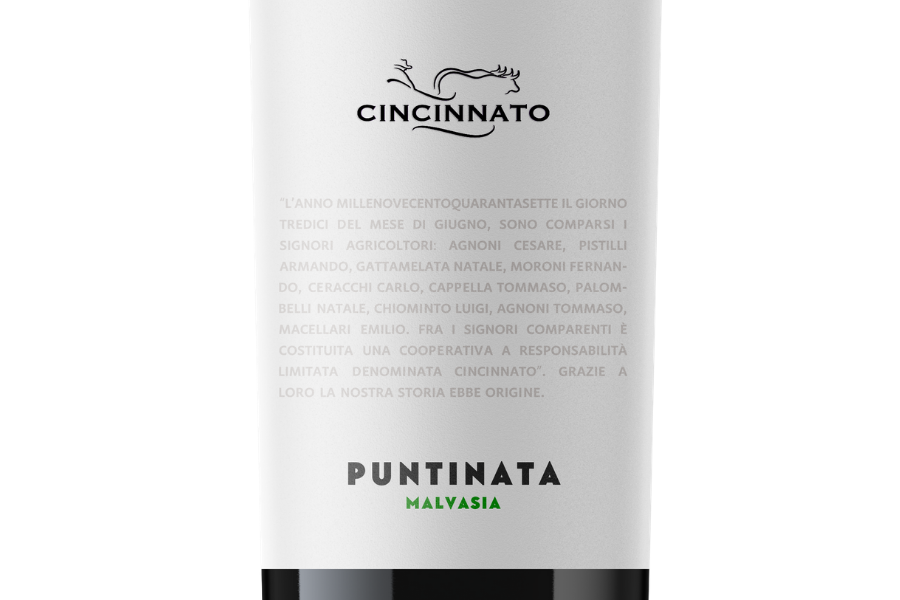The movement toward the future
Throughout human history, there has been the urgency of understanding the future. This need is above all a pursuit, a discontinuity, a leap beyond the present schemes.
Or better, the urgency to understand the future is mostly a revision of what it is wrong in the present, as if the answer can only be found within the creation itself. In other words, it is in what we cannot see, and we cannot do right now, but it is spread around us.
If the research of future could be something, it would be a line, a swoosh, a sign that frees the uniformity of a paper, that unburdens from the blueness of the background which almost absorbs everything.

It could be trapped in the railways that, at a point, would move in the same direction – the journey, the future – towards a place that cannot exist right now, but in which we will be, in which we will be going to.
If it were not for the mountains in the background, you might think to be in front of the Santa Maria Novella Florence Central Station, or in front of Termini Rome Central Station. Or maybe not. Instead, we are in front of Latina Central Station in the Thirties – everything is just laid down, and the railways are not done yet, like if the present would run faster than the future itself.
Cincinnato, or the power of the lines
Here you can see the liberating power of the lines, the same that you feel when the tracks join over the horizon of all the meanings, and together, they become shape, project, change. This is what we feel in front of this work – the desire of modernity that interprets the lines through lyrics and poetry.
The intention of the artist comes out clear – Keplēr stands in front of the Italian Rationalism, and wants to condense his iconography within the walls of a Future Station or, better, in Cincinnato Station.
The need that emerges from the vision is what we could define as, borrowing the words of Anna Castelli Ferrieri,
“liberating humanity from the need to struggle”.
This vision is as if it were generated from the earth, as if the hills prolonged and raw materials would then become architectural elements.
Wood from decommissioned barrels, iron, rocks, glass in its purity – they blend with the vines as constitutive elements of the future that finally materialises, and as elements of the past that did exist, but could not be seen in this way. Now they exist as governed by the lines.
They are ready to generate a Station that is an opened zip of the land, and a glance overlooking the future.
Manifestos were born after the half of the Nineteenth Century to celebrate, symbolise ideas, publicise products or attract the public – many artistic examples are well known. We have decided to reproduce the arts of manifestos and adapt them to Cincinnato Winery, a community and history across the vineyards.






